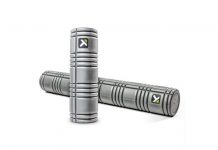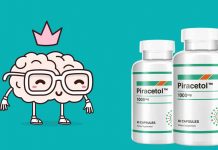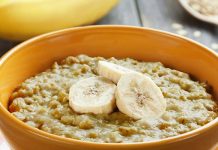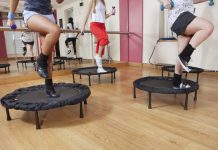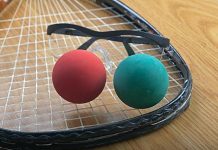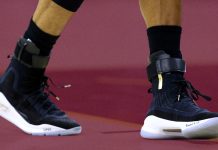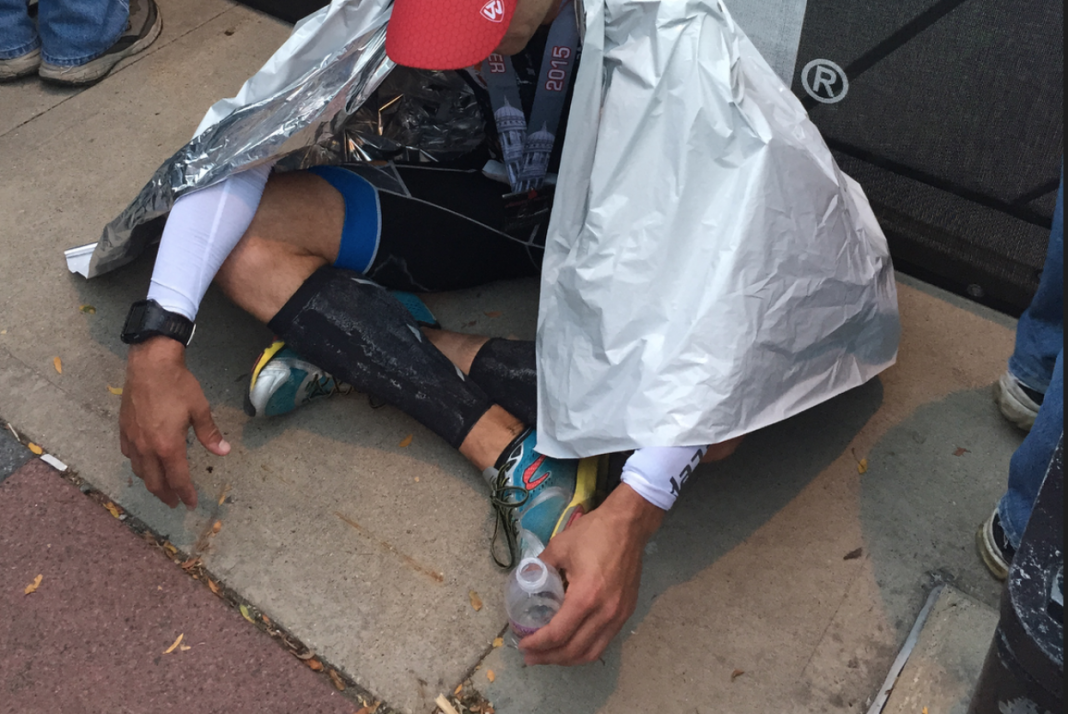
When we sweat, we not only lose water, but we lose important electrolytes that keep our body in balance. That is why endurance athletes and Crossfiters often need to supplement sodium with salt tablets. Electrolytes are minerals in your body that help balance the amount of water in your body, your ph level and move nutrients to your cells and waste from your cells.
When you lose too much sodium relative to the amount of water in your cells can cause hyponatremia, where symptoms include severe vomiting, diarrhea, headaches, confusion muscle weakness and cramps. Around triathlon circles, the common term for this is “bonking”. In very severe cases this can lead to coma and death.
To avoid bonking, heat stress and other ills, endurance athletes supplement throughout their training and races with salt tablets. Different types exist, but favorites amongst Ironman triathletes are:
I use both extensively during my Ironman training and competitions.
This report details what you need to know about salt supplementation, and reviews the top salt tablets on the market.
Best Salt Tablets and Supplements for Endurance Athletes
- Base Electrolyte Salt– Best Overall and Most Versatile
- SaltStick – Best Capsule
- HiLyte Electrolyte Concentrate – Best Concentrate
- GU Hydration Drink Tablets – Best Effervescent Tablet
- LMNT – Best Zero Sugar Electrolyte Powder
Base Electrolyte Salt
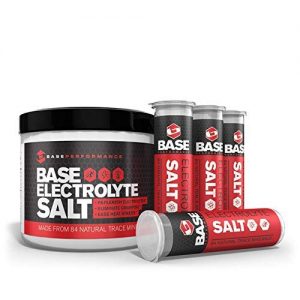 Base Electrolyte Salt is the gold standard amongst the triathlon training community, and has been a long term sponsor of the event worldwide. I have personally used Base products at every Ironman event I’ve done. Their Amino Acid drink literally saved me from debilitating hamstring cramps at mile 21 of the marathon portion at Ironman Wisconsin in 2015. 30 seconds after downing that thing, I was off again.
Base Electrolyte Salt is the gold standard amongst the triathlon training community, and has been a long term sponsor of the event worldwide. I have personally used Base products at every Ironman event I’ve done. Their Amino Acid drink literally saved me from debilitating hamstring cramps at mile 21 of the marathon portion at Ironman Wisconsin in 2015. 30 seconds after downing that thing, I was off again.
The Base Electrolyte Salt product is unique, in that it comes with handy vials, that you can carry during your training. You lick your thumb, put your thumb over the opening of the vial, and tip the vial so a small amount of the salt sticks to your thumb. Lick the salt off of your thumb and you’re good to go.
This procedure ensures you don’t take too much, and allows you to take small amounts when you feel like it. Recommended dosage is 1-3 licks every 5 miles on the bike and 1-3 licks every mile of the run portion. This is all for exercise lasting over 90 minutes. Keep in mind that a serving is ⅛ of a teaspoon – which is pretty small.
Base Salts come in a tub so you can re-fill vials, or add the salts to a water bottle making this a very versatile option for racing and training – and my top choice for salt supplementation.
Recommended dosage provides
- 290 mg sodium
- 442 mg chloride
- 3 mg calcium
- 12 mg magnesium
- 2.6 mg potassium
Check Price on Amazon
SaltStick Capsules
SaltStick tablets are perfect for people who prefer a capsule form. If you don’t like salty water, or the idea of licking your thumb every mile, you can pop a capsule. There are advantages to capsules on the bike portion of Ironman because you don’t want to fumble with vials or stop and add salt to a new water bottle.
SaltStick caps are cheap, and portable. I prefer to use SaltStick tablets for an electrolyte “loading phase” starting 1-3 days before a race, and pre/post swim section of a race to get electrolytes in quickly, then I use Base the rest of the way out.
SaltStick recommends taking 2 tablets per hour of exercise.
Recommended dosage provides
- 430 mg sodium
- 126 mg potassium
- 44 mg calcium
- 22 mg magnesium.
HiLyte Electrolyte Concentrate
HiLyte Concentrate isn’t a tablet at all, but rather a liquid. Liquid form is the fastest way to get electrolytes in. They don’t need to be dissolved, or processed. The problem I’ve always had with concentrates are that they need to be added to drinks and it’s a bit easier to take too much since measuring is difficult.
Still other racers swear by concentrates, since they are a fast way to get electrolytes, and for training, you can pre-add the concentrate to multiple water bottles and not deal with any tablets or vials while you’re on the go.
Keto and low carb dieters will prefer HiLyte as there is not artificial sweeteners or sugars. It is made from ionic sea salt from the Great Salt Lakes in Utah. HiLyte is also available in tablet form.
Recommended dosage provides
- 125 mg sodium
- 150 mg potassium
- 45 mg magnesium
GU Hydration Drink Tablets

GU Hydration Drink Tablets come from the endurance nutrition leader. If you’ve ever run a race longer than 10k, you’ve undoubtedly seen GU gel packets at the aid stations. A quick shot of glucose replaces lost calories during long events.
GU Hydration tabs are more of a recovery electrolyte product, and not necessarily designed for in race supplementation. That’s because the effervescent tab form, takes time to dissolve. The benefits of this form are that good flavoring can be added, so your post-workout recovery is more pleasant. This is a huge plus for people that have a hard time just drinking water with no flavor.
These tabs are each 10 calories, and do have artificial flavorings, but they are made from all vegan ingredients.
Recommended dosage provides
- 320 mg sodium
- 55 mg potassium
LMNT – Best Zero-Sugar Electrolyte Powder
LMNT is a tasty electrolyte drink mix designed to replenish essential electrolytes lost during intense activities. By providing these essential nutrients in a convenient and delicious form, LMNT can help endurance athletes stay hydrated, avoid cramps, and maintain energy levels during long training sessions or competitions.
LMNT contains no sugar, no gluten, no fillers, and no artificial ingredients. Additionally, LMNT is formulated with the perfect ratio of sodium, potassium, and magnesium.
Recommended dosage provides
- 1000 mg sodium
- 200 mg potassium
Electrolyte Supplementation: What You Need to Know
The loss of water and electrolytes when we sweat can cause major problems. As temperatures rise, these problems are exacerbated. My first experience with “bonking” came after a 115 mile bike ride in 90 degree summer heat. My shorts were covered in white salt that had leaked out of my body for over 5 hours. I walked into my house stumbling and disoriented, and could not complete the run portion of my training day. My wife was worried and wanted me to call the doctor immediately.
Even those who do not sweat much can still suffer from not replenishing water and key minerals during excessive exercise. But it’s very confusing to understand how much sodium you need and when to take it – especially when healthy diet recommendations tell us to limit sodium.
The bottom line seems pretty simple at first glance: Endurance athletes need to replace the fluids, carbs and sodium lost during endurance training and racing. Sports drinks contain both flavor (from sugar/carbs) and sodium (from various forms of salts) to help increase the drive to drink and ensure optimal hydration.
Many triathletes will choose to alternate between sports drink and plain water (to take a gel or with solid foods on the bike, or to add additional fluid intake in the heat) and will therefore need to rely on supplemental salt.
What Happens If I Lose Too Much Salt?
Sodium and other electrolytes (like calcium, magnesium, phosphate, and potassium) create an electrically charged ion when dissolved in the blood. This charge helps regulate bodily functions such as such as heart rate, digestion, respiration, brain activity, and blood pressure. Sodium, specifically, maintains the fluid balance in the cells and helps regulate nerve and muscle function.
Sodium levels below 135 mEq/L (low sodium) can decrease blood pressure, and disrupt activity of nerve and muscle cells, especially in the heart and digestive tract. Cramping, vomiting and diarrhea can occur.
Maintaining a proper balance in endurance sports can be difficult, because a person is replenishing liquids, calories and electrolytes. If a person consumes enough liquid to replace their needs but not enough salt, hyponatremia can occur.
Causes of Sodium Deficiency
There are two main causes of sodium deficiency in healthy athletes:
Loss of sodium through sweat
Every day, you lose a little sodium due to sweating and urination. This is generally not a problem, but if you exercise heavily for hours at a time, you can lose too much sodium.
Overconsumption of water
You can drink too much water, and thus drive your sodium balance down below 135 mEq/L. While rare in endurance sports (simply because it’s often a large challenge to replace the water you lose) hyponatremia can occur from overconsumption of water.
Both of these causes can lead to hyponatremia where extreme loss of sodium can trigger symptoms ranging from muscle cramps, nausea, vomiting, and dizziness to shock, coma, and death.
Why Do I Need to Supplement Salt?
Endurance athletes are advised to replace lost electrolytes during strenuous activities to compensate for the loss of sodium and other essential minerals to avoid hyponatremia.
It is possible to be both dehydrated and hyponatremic in an ultra marathon, Ironman triathlon or Crossfit event. You may be sweating out water and sodium for 12 hours or more. Drinking plain water means you’ll not only not retain the fluid as needed but you’ll also further dilute the electrolytes left in the bloodstream.
Electrolyte rich supplements such as salt tablets, capsules, sport drinks, and gel packs are recommended. Many electrolyte supplement drinks targeted at endurance athletes are glucose-rich to help replace fast acting calories needed to continue a long race.
How Much sodium do I need?
Athletes can lose 2 or more grams (2000mg) of salt per liter (32oz) of sweat. A typical athlete can lose a liter of sweat or more each hour of intense exercise. Take that to a 12 hour Ironman race, and it’s easy to see that athletes need to replace a lot of salt! Replacing this loss of sodium during the event is critical to both performance and safety.
Here are some general guidelines for how to calculate your sodium needs:
Sweat loss per hour: 1 liter (32 ounces)
Sodium loss per hour: 750-2000+mg
Sodium replacement needs per hour: 750-1000mg
How to Supplement With Salt Tabs to Avoid Bonking
I think about three phases of electrolyte supplementation – pre-event loading, during exercise, post exercise.
Loading
Experts in endurance sports recommend upping your sodium intake 2-5 days prior to a long event. This is not generally necessary for week in week out training, however consider loading before your peak training weekends, where you may be out for 8+ hours/day.
Exact amounts are difficult to prescribe – I’ve seen recommendations for 2g to 10g loading phase. I typically pop 2 SaltStick tabs three times a day for 3 days prior to an Ironman. That’s only an additional 1290 mg per day.
I also typically load 2 caps right before the 2.4 mile swim portion to make sure I have a good reserve.
During exercise
I typically race around 160 pounds, and try to get 20 ounces of fluid down per hour of a race, alternating between Gatorade Endurance formula and water. Gatorade endurance provides about 600 mg of sodium, so I will supplement that hour with a lick of Base Electrolyte. In the alternate hour, when I’m drinking water, I will take 2 SaltStick tabs and maybe 1-2 licks of Base Electrolyte Salt.
I’m also getting sodium from ingesting gel packets and other race nutrition.
Post exercise
Once the race or training session is over I use Base Amino Acid recovery drink, and then get the rest of my sodium from food and mineral water with my feet up on a couch!
The Bottom Line Of Electrolyte Supplementation
Dehydration gets all the attention, but when it comes to extreme endurance, your electrolyte balance is key to avoid serious consequences. You need a plan to get enough sodium and other electrolytes to get through your training. Taking salt tabs in the pre-event, event and post-event phases will protect your muscles and circulatory system to make sure you finish your training safely. Here again, are the best salt tabs and supplements for endurance athletes:
- Base Electrolyte Salt – Best Overall and Most Versatile
- SaltStick – Best Capsule
- HiLyte Electrolyte Concentrate – Best Concentrate
- GU Hydration Drink Tablets – Best Effervescent Tablet
- LMNT – Best Zero Sugar Electrolyte Powder


